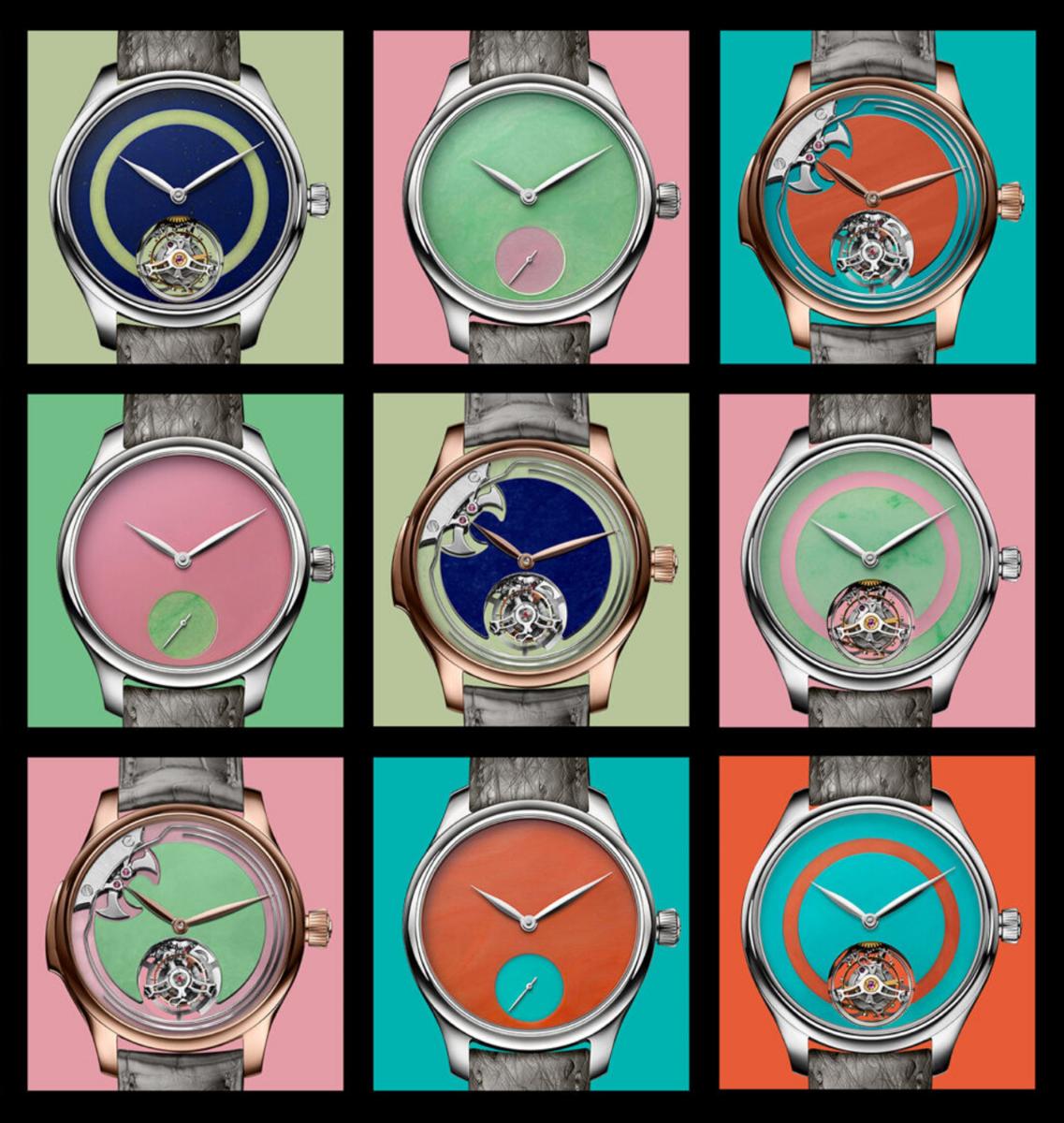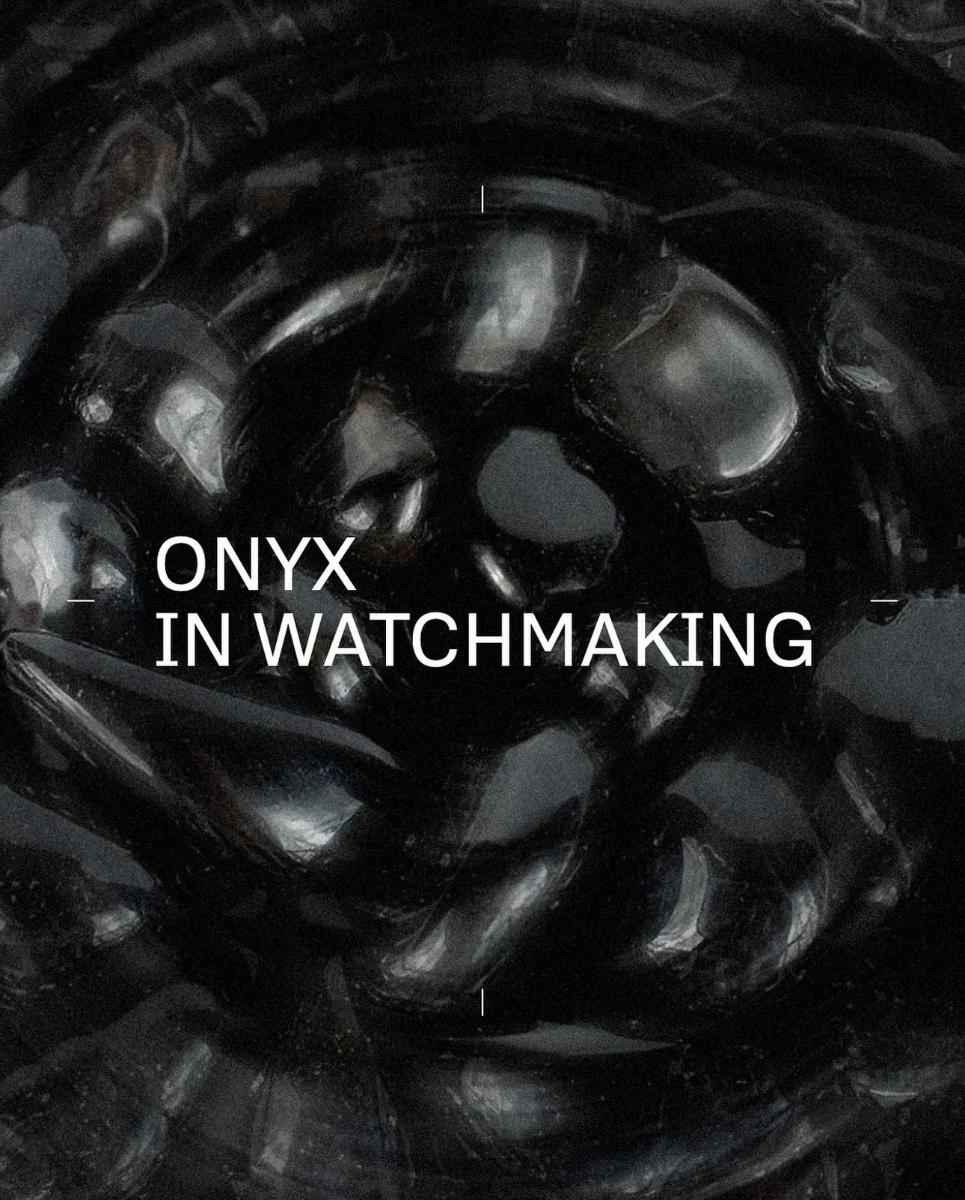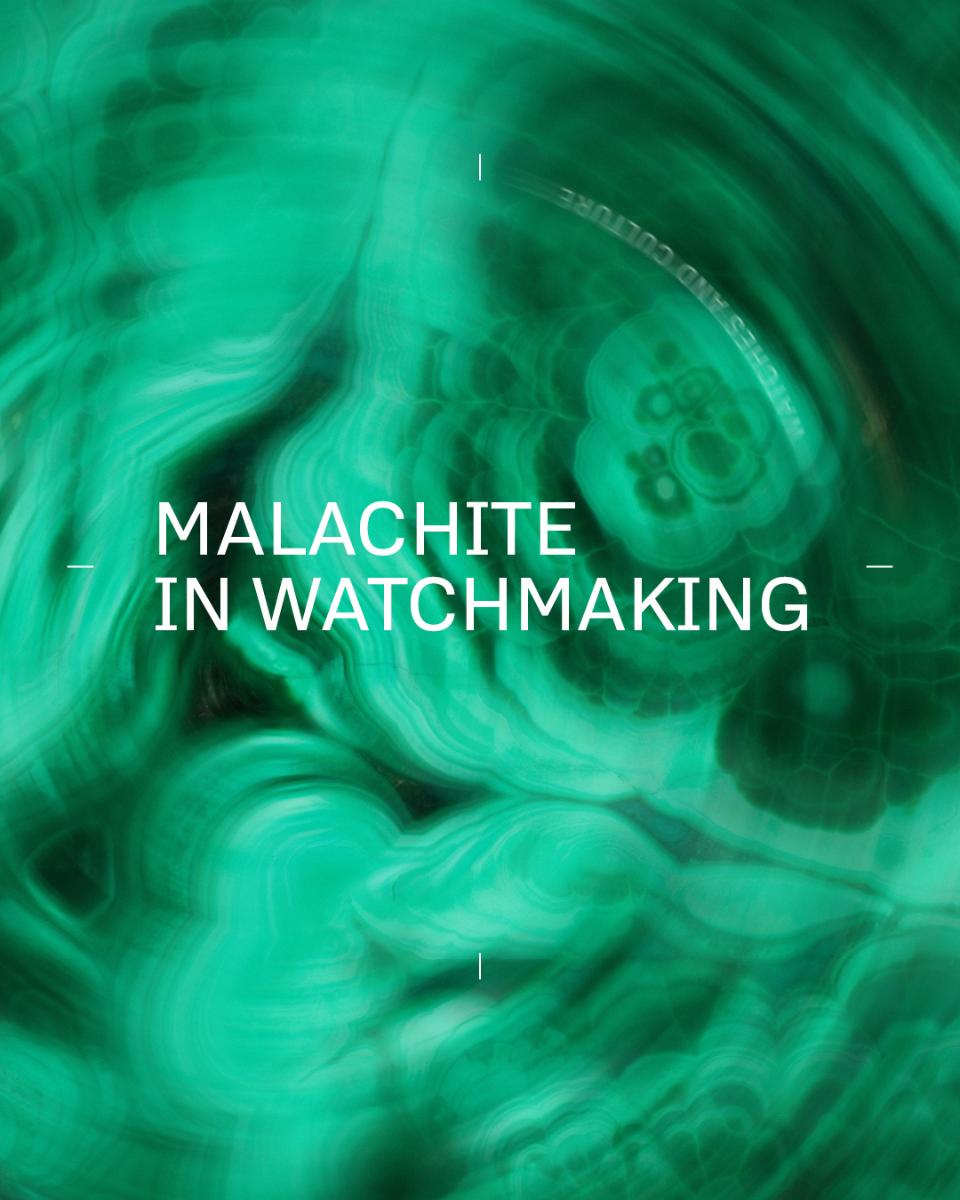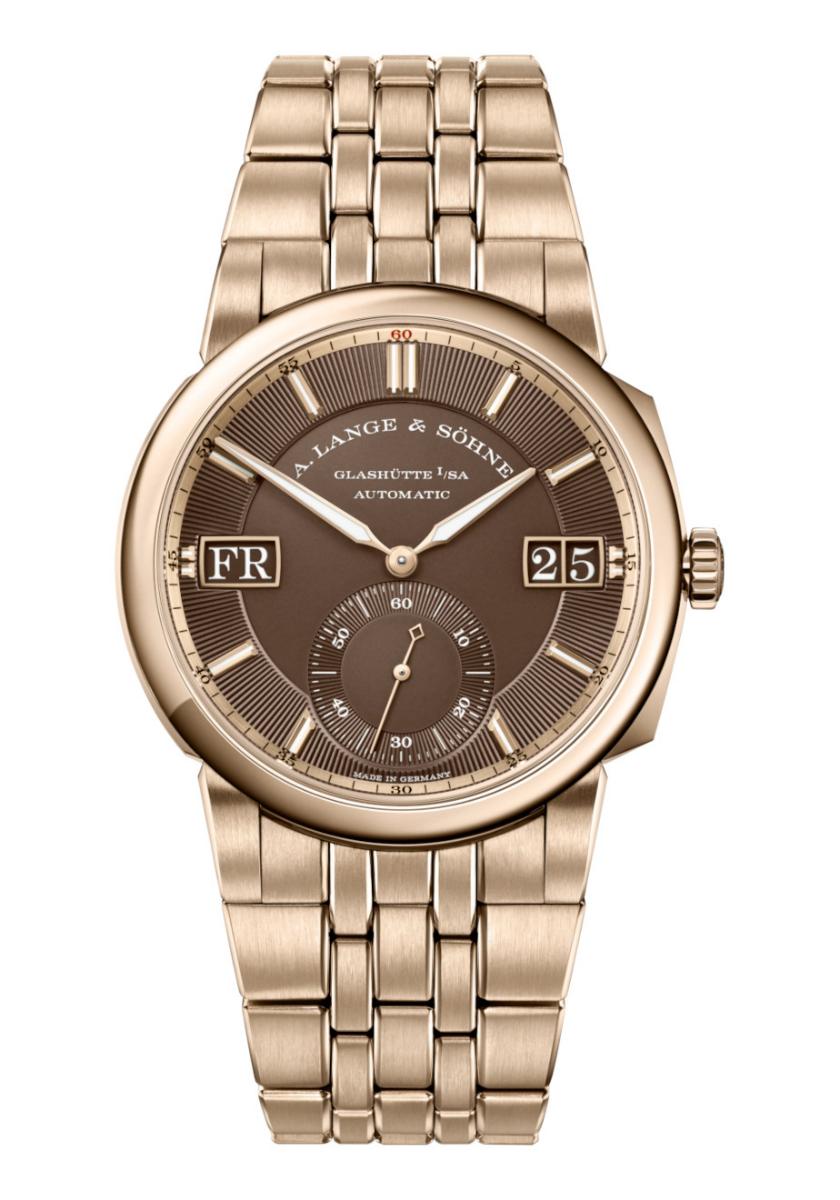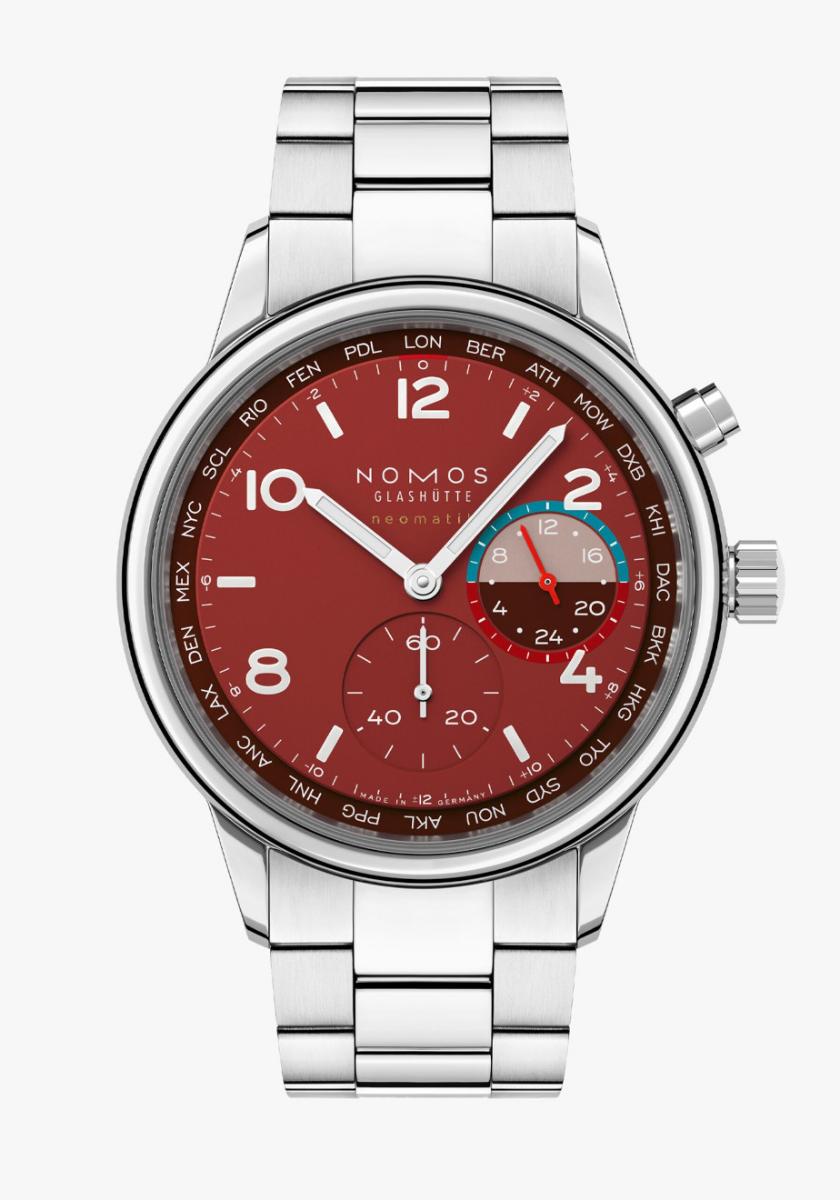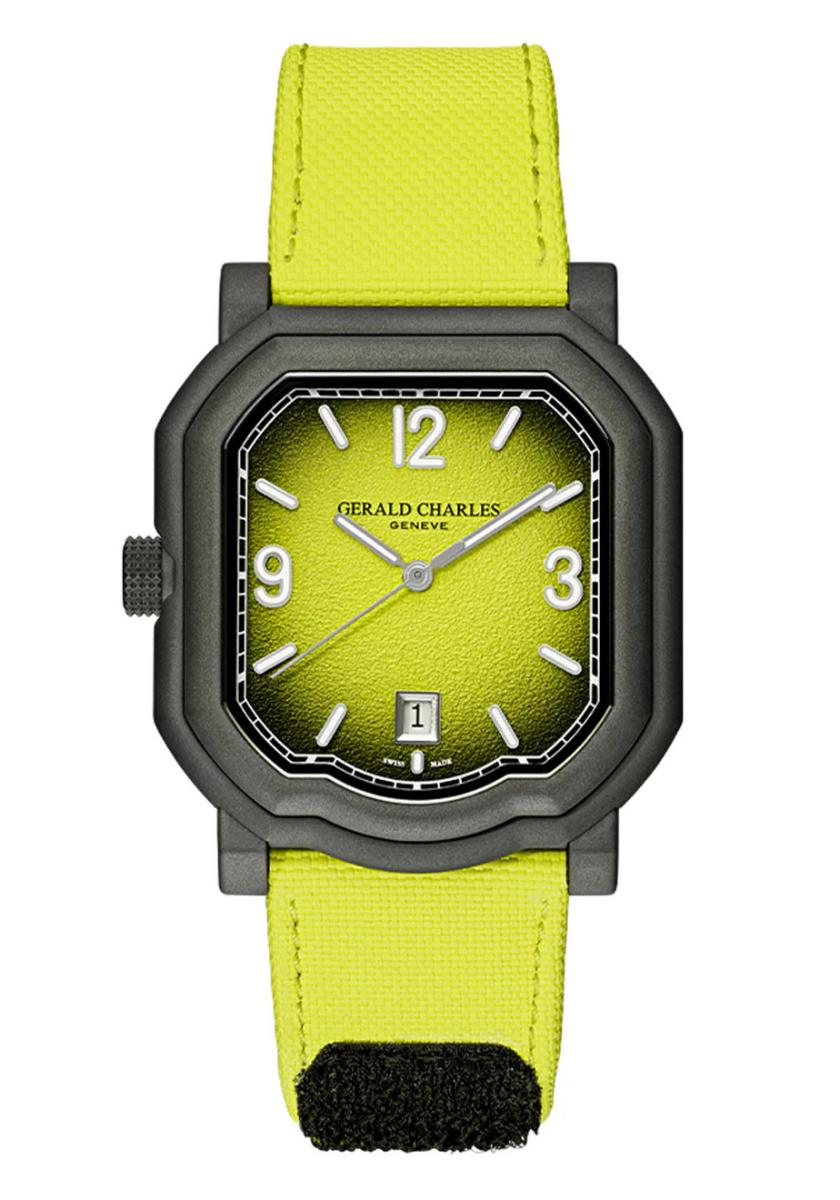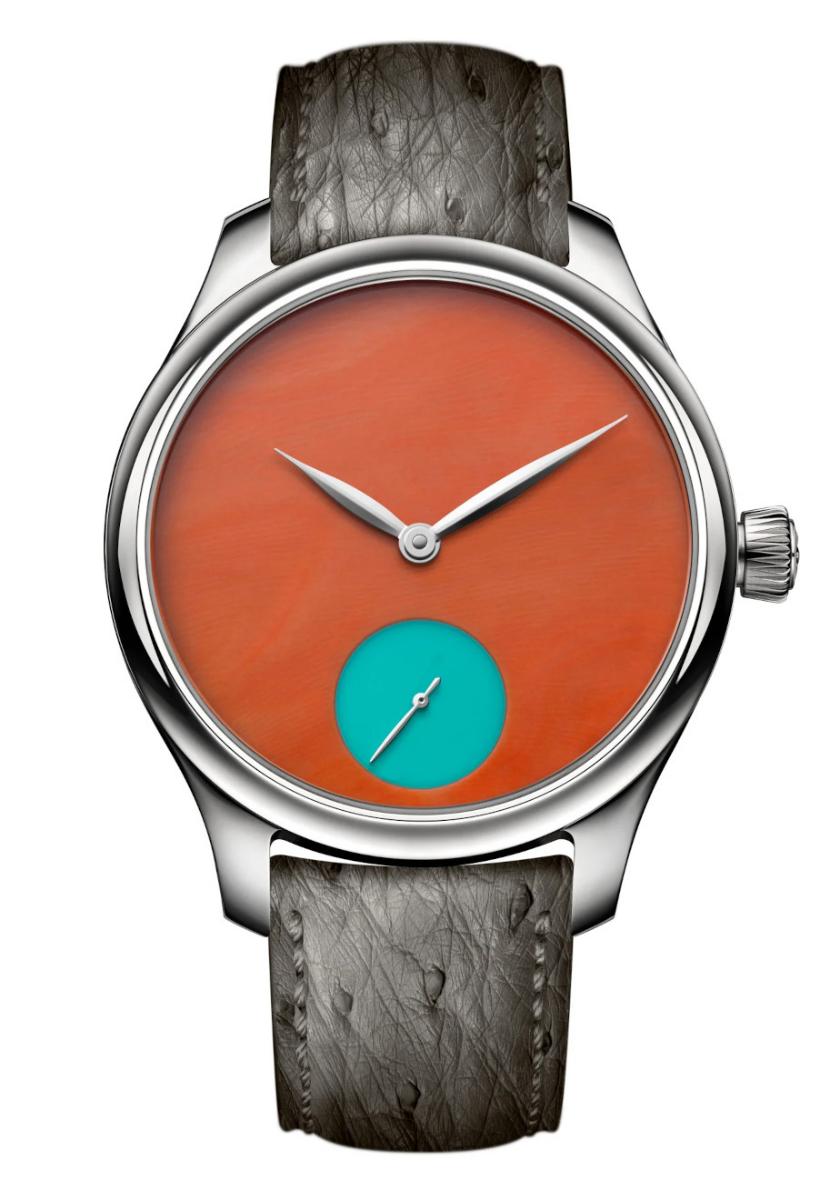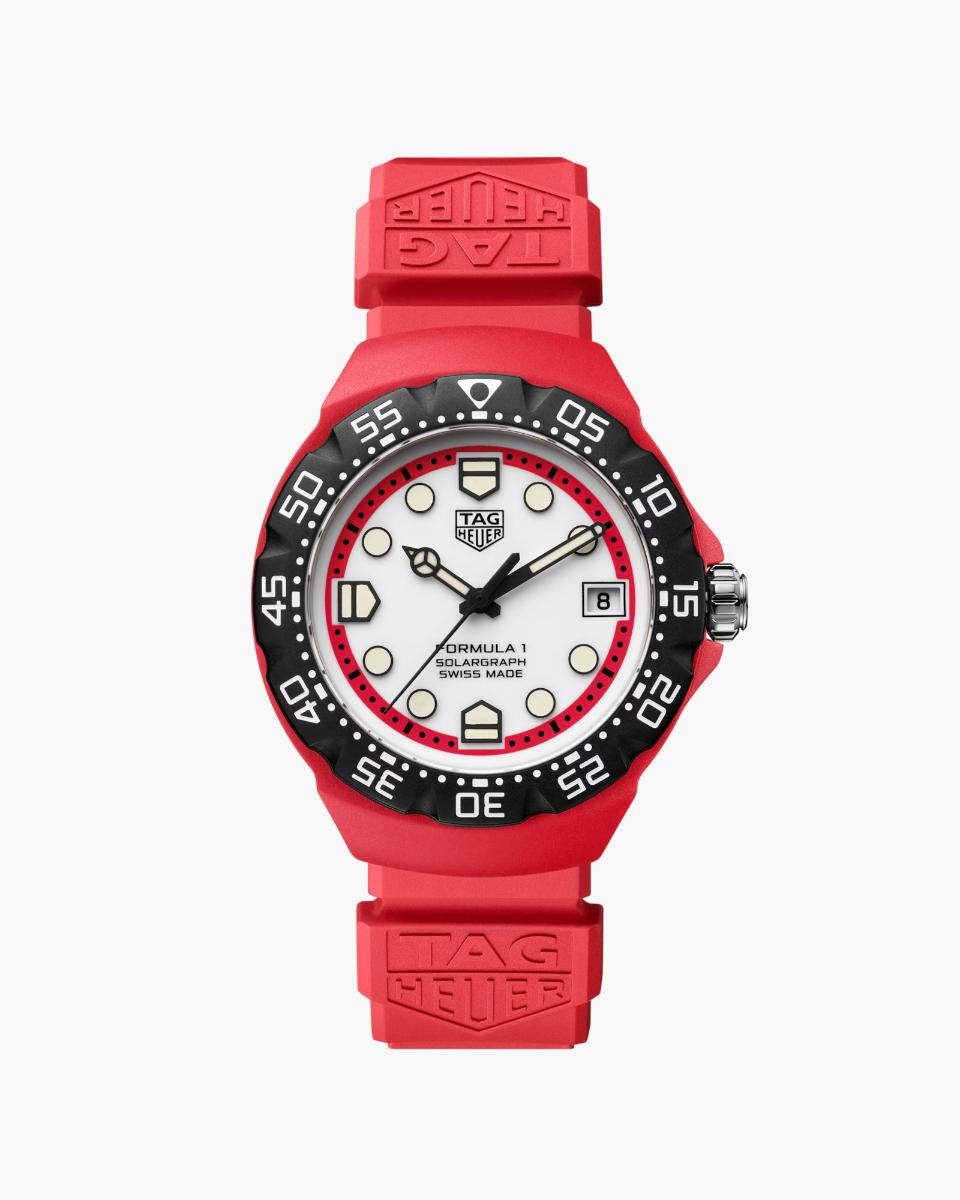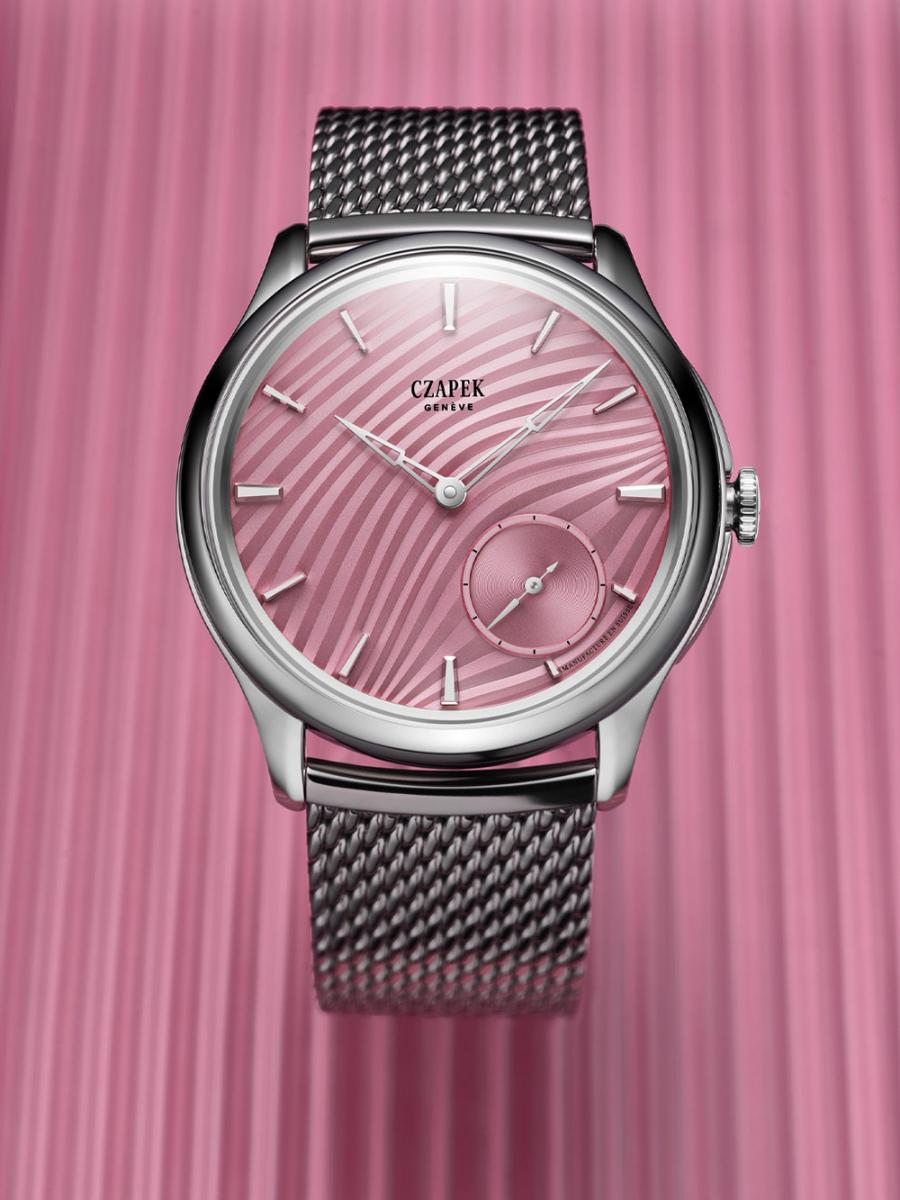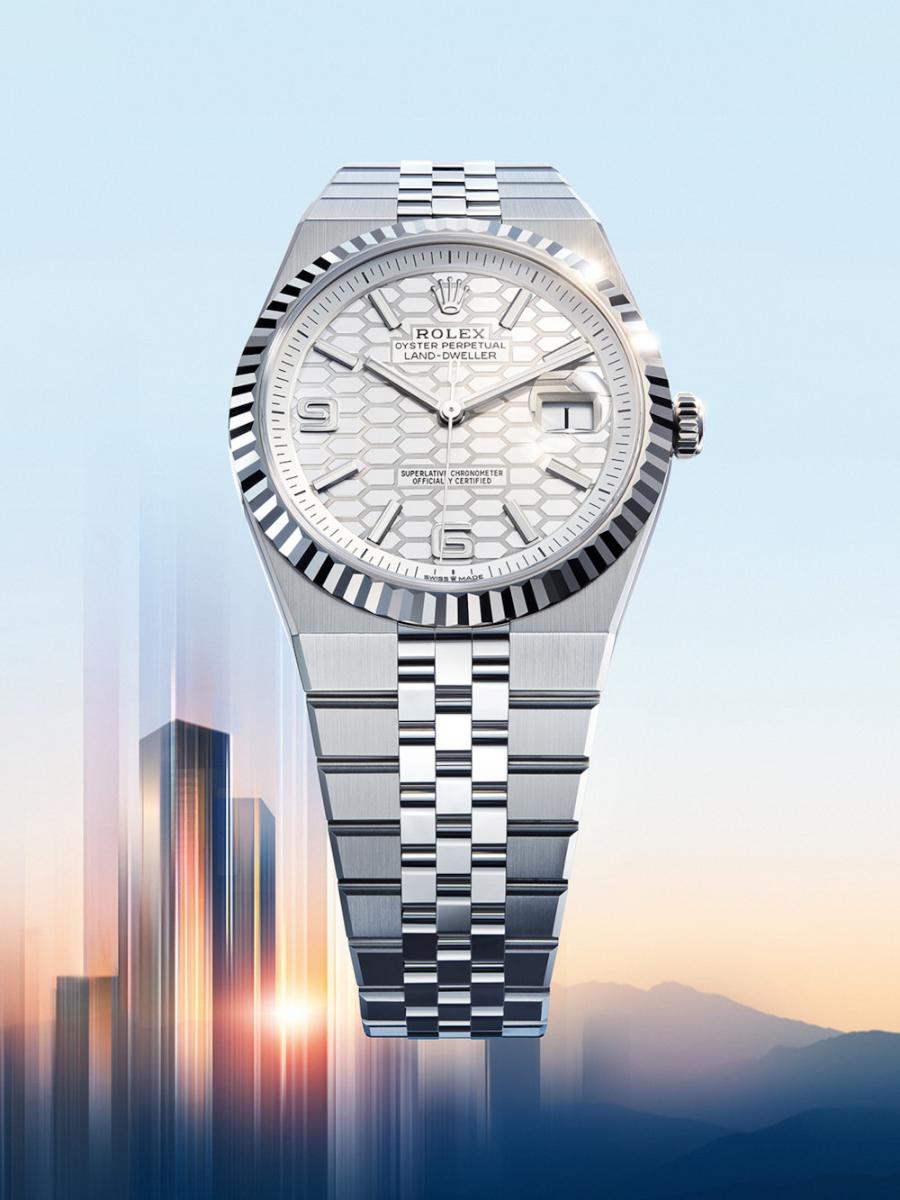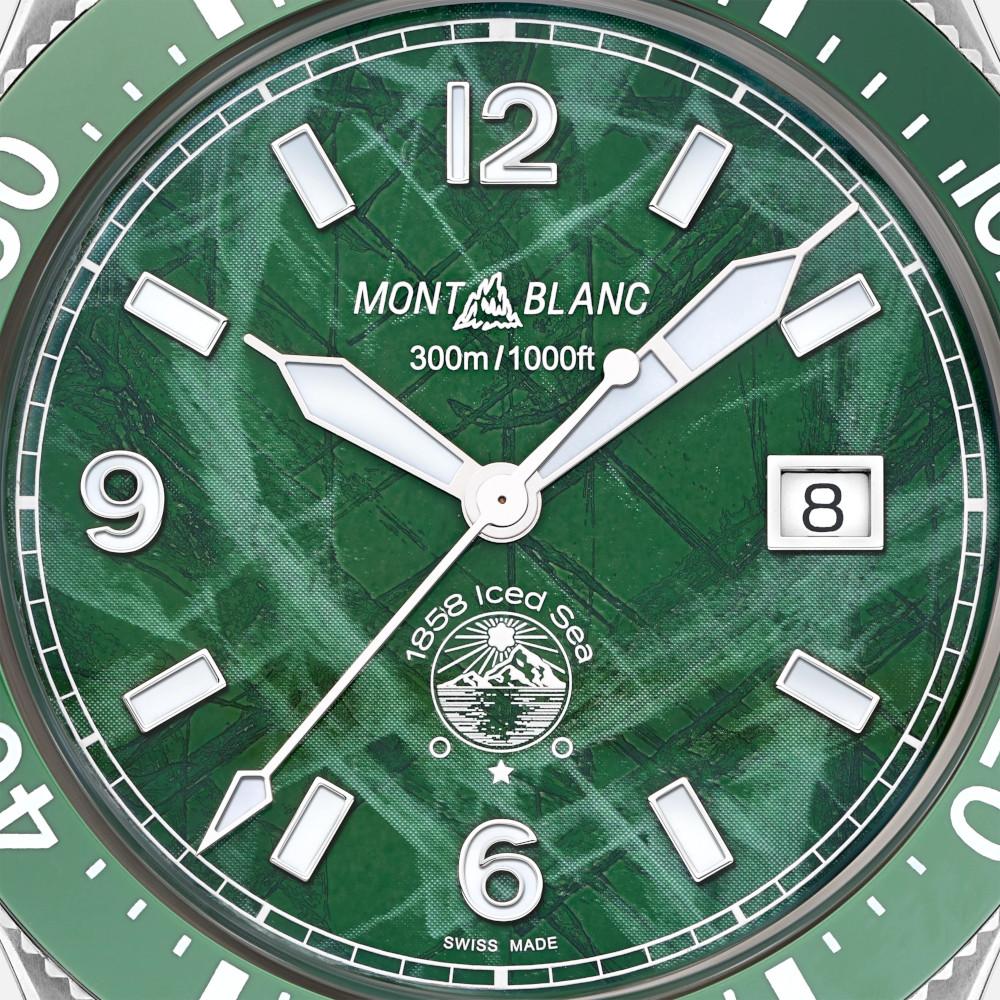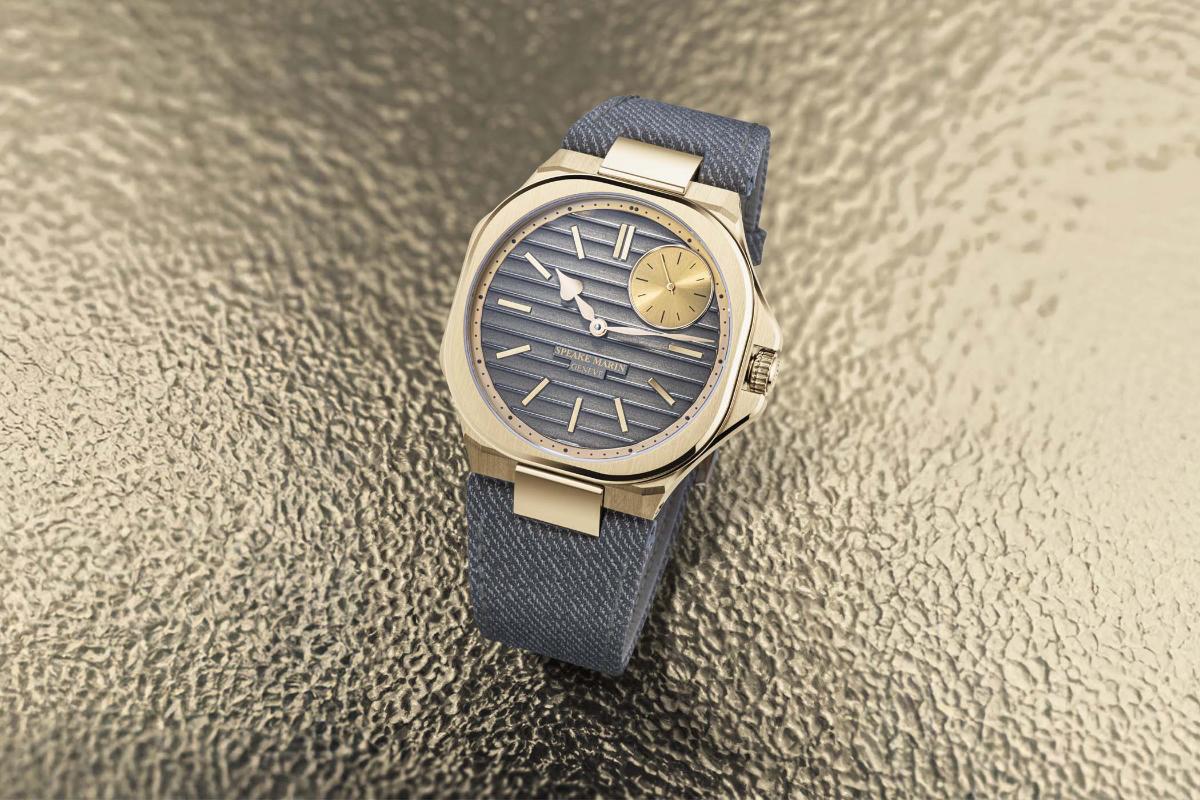Heart of stone
There was a welcome diversity of dials from the brands exhibiting at Watches and Wonders Geneva this year, beginning with gemstones. Piaget was first to grasp the enormous potential of these ornamental stones back in the 1960s. At the height of Swinging London and Pop Art, Piaget dials in onyx, malachite, cornelian, turquoise or lapis-lazuli were as creative and unconventional as the era itself. Some sixty years on, Piaget came to Geneva with Andy Warhol models featuring dials made from opal, tiger’s eye or blue, white or green meteorite. What more fitting emblem than this 1972 design which, notes the brand, “stands in recognition of the genuine and long-lasting friendship Yves Piaget and Warhol enjoyed since they met in the United States.”
